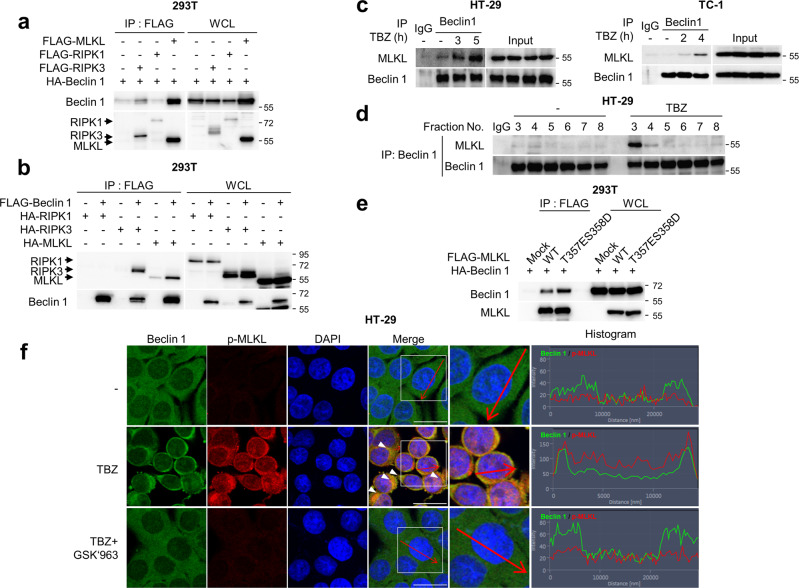Fig. 4. Phosphorylation of MLKL is required for the recruitment of Beclin 1 into the necrosome complex.
a, b 293T cells were transfected with the indicated plasmids and then immunoprecipitated using anti-FLAG antibody. The samples were analysed by immunoblotting using anti-FLAG and HA antibodies. c HT-29 and TC-1 cells were treated with TBZ for the indicated times. After treatment, the cell lysates were immunoprecipitated using anti-Beclin 1 antibody and then analysed by immunoblotting. d HT-29 cells were treated with TBZ and fractionated according to their molecular size. After fractionation of the cell lysates, each fraction was immunoprecipitated using anti-Beclin 1 antibody, followed by immunoblot analysis. e 293T cells were transfected with the indicated plasmids. The cells were lysed using a lysis buffer and then immunoprecipitated using anti-FLAG antibody. The samples were analysed by immunoblotting. f HT-29 cells were treated with TBZ in the presence or absence of 100 nM GSK’963 for 5 h. After treatment, the cells were fixed and stained using anti-Beclin 1 and p-MLKL antibodies, and DAPI. The histogram represents the subcellular integrity of Beclin 1 and p-MLKL in the areas indicated by the red arrows. The boxed areas are shown at higher magnification on the right. Scale bars = 20 μm.

